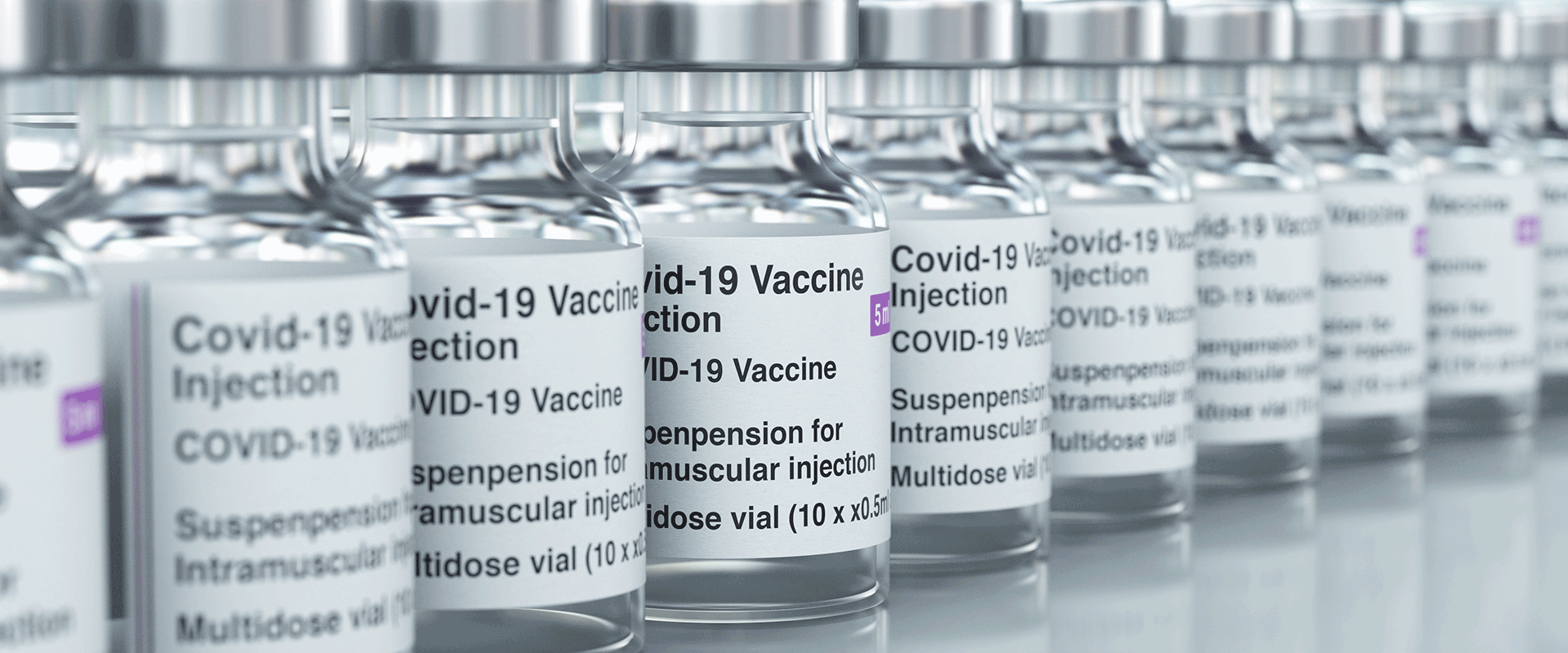The pandemic has accelerated the development and commercialisation of new vaccine platforms, with multiple vaccines launching in record time (mRNA, viral vector, and — potentially soon — protein nanoparticle).
Going forward, pharma is likely to use these newfound capabilities to develop vaccines and therapeutics beyond COVID-19. For instance, mRNA-based vaccines hold significant advantages over existing options in terms of efficacy, rapid production processes and the flexibility to switch quickly between multiple strains for infectious diseases. This makes them well suited to diseases such as Zika or malaria for which currently available vaccines are either insufficiently efficacious, or for seasonal diseases such as influenza. Additionally, new vaccine platforms are likely to play a role beyond infectious diseases, with a number of cancer vaccines in clinical stages of development (e.g. for advanced melanoma). These future developments will benefit from the rapid technological advancements made with COVID-19 vaccines, enabling faster clinical development and manufacturing scale-up ahead of commercialisation.
The vast efforts made to overcome COVID-19 vaccine-related production bottlenecks have led to significantly increased capacity. Post-COVID, the pharma industry will look to repurpose much of this capacity to meet growing demand in other areas such as oncology, with a particular focus on fill-and-finish lines, where capacity has been traditionally limited. In addition, the spectre of vaccine nationalism and the disruptions to global trade seen during the crisis have led manufacturers to rethink their supply chain approach and to repatriate manufacturing closer to distribution sites. Although the exact details of any potential repatriation of supply chains are still being worked on (e.g. which APIs are prioritised and timing), the topic of pharma manufacturing has moved up on various nations’ agendas.
The crucial role that CDMOs have played in COVID-19 vaccine production reinforces their importance in the industry. We expect partnerships between pharma and CDMOs to become increasingly strategic, with longer and deeper agreements.
The openness of pharma companies to partner with each other during the pandemic also creates opportunities for continued, broader collaborations going forward. Such collaborative efforts could be replicated to improve the likelihood of success in areas of high unmet need, both in infectious diseases (e.g. antimicrobial resistance) and beyond.
Overall, pharma’s concerted efforts in COVID-19 vaccine development and manufacturing have not only significantly accelerated and strengthened governments’ pandemic responses, but have also created the foundations for better infectious disease control and advances in critical areas outside of infectious diseases, such as oncology. Collaborations among pharma companies or between pharma companies and CDMOs, as well as newly created production capacity, will play a crucial role in enabling future progress.









